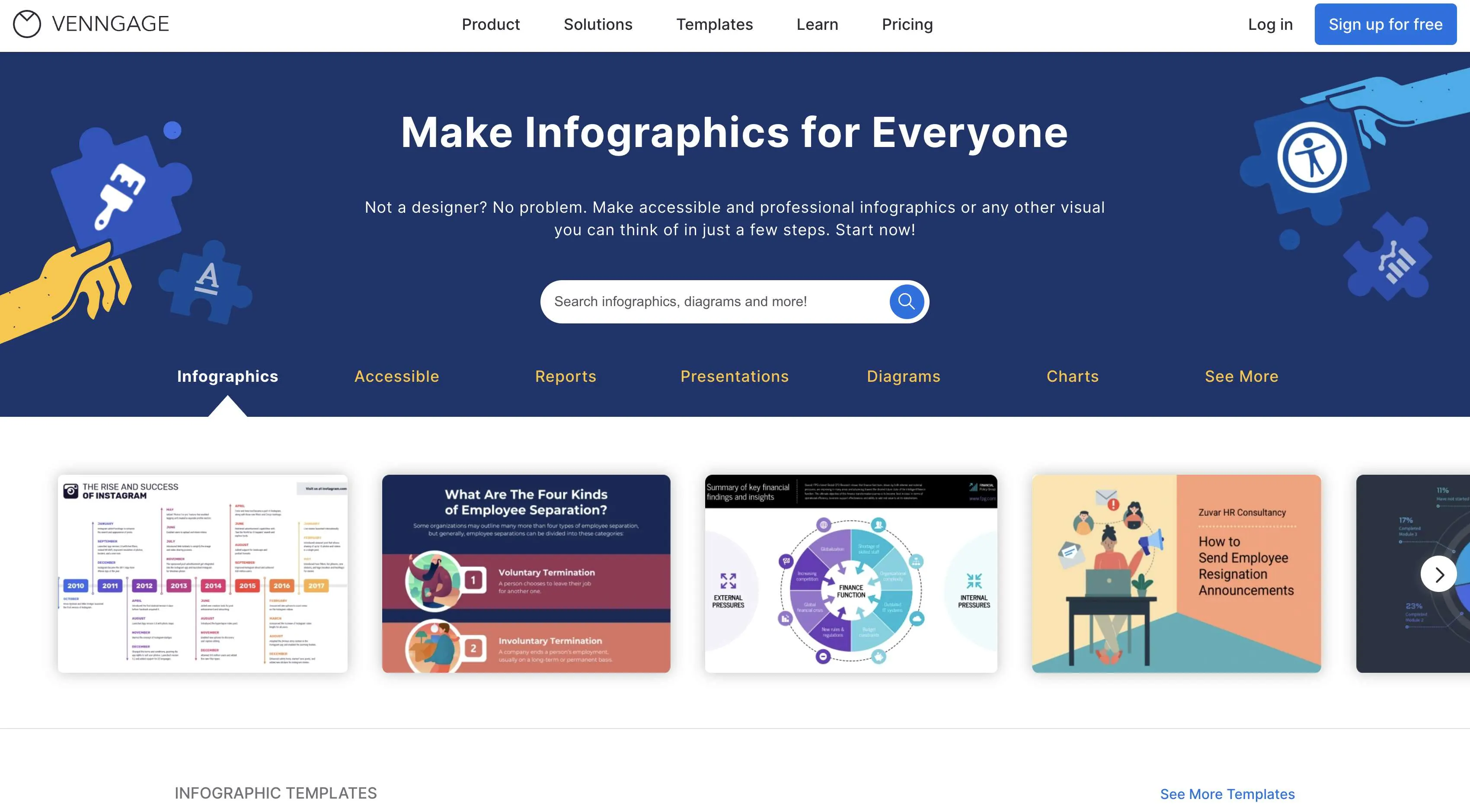Grasping Internet Design: Key Concepts for a User-Friendly Website
In the world of internet style, the focus on user experience has actually come to be paramount, forming exactly how sites are constructed and regarded. As we discover these fundamental aspects, it becomes evident that the choices made during the design procedure can have lasting effects on a website's effectiveness and customer commitment.

Value of User Experience
In the world of web layout, the relevance of individual experience (UX) can not be overstated. UX encompasses the general fulfillment a user stems from interacting with a website, dramatically influencing their perception of a brand name and their likelihood of returning. web design klerksdorp. A properly designed UX helps with smooth navigating, fosters individual engagement, and eventually drives conversions
Understanding individuals' behaviors and requirements is paramount in producing a reliable UX. This includes leveraging study techniques such as individual personas, trip mapping, and usability testing to obtain insights right into customer choices. By tailoring style elements to satisfy these demands, designers can improve use and produce an extra user-friendly communication.
In addition, a positive UX adds to the website's credibility and dependability. Customers are most likely to involve with a website that is aesthetically pleasing and simple to navigate, which consequently improves brand name commitment. Alternatively, a poor UX can cause high bounce prices and an unfavorable understanding of the brand name.
Instinctive Navigation Design
An effective navigating layout is vital for leading users through a website, ensuring they can find the details they require promptly and successfully. Instinctive navigating boosts customer experience by permitting smooth communication with web content, causing raised involvement and complete satisfaction.
To accomplish user-friendly navigation, it is necessary to develop a clear hierarchy. This entails arranging web content right into rational groups and subcategories, permitting customers to comprehend the structure at a glance. Detailed tags for menu things are essential; they need to be uncomplicated and rep of the material they result in, reducing ambiguity.
Consistency is an additional vital concept. Users should run into acquainted navigation components throughout the site, such as the positioning of menus and buttons. This uniformity helps reinforce individual expectations and lowers cognitive tons.
In addition, including search performance can substantially enhance navigating, especially for content-heavy websites. This attribute empowers customers to find specific info rapidly without needing to browse through several web pages.
Finally, usability screening can offer indispensable understandings into how actual individuals interact with navigating elements, using opportunities for renovation. Altogether, a properly designed navigation system is fundamental to a straightforward site, promoting efficiency and improving general customer satisfaction.
Receptive Web Style
Receptive internet design is significantly important in today's electronic landscape, as it makes certain that websites supply optimum viewing experiences throughout a vast range of devices, from home computer to smart devices. This approach enables a solitary website to adjust its layout and content to fit different screen sizes and resolutions, improving usability and ease of access.
At the core of receptive style is fluid grid formats, which make use of relative units like percentages instead of taken care of pixels. This versatility permits components to resize proportionally, keeping aesthetic consistency and functionality. Furthermore, media queries play an essential duty by using particular CSS designs based on device qualities, such as display width or positioning.
Including versatile pictures and receptive media is likewise critical; these aspects need to scale appropriately recommended you read to avoid distortion and make sure a smooth experience throughout devices. Touch-friendly layout factors to consider are paramount, particularly for mobile users, as they usually browse through touch motions rather than clicks. web design klerksdorp.
Consistent Aesthetic Components
Constant visual components are critical for developing a natural brand identification and improving user experience throughout digital systems. These elements consist of shade plans, typography, format, and imagery styles, which jointly create a combined visual that individuals can conveniently associate and identify to. A well-defined color scheme not just enhances brand acknowledgment but additionally evokes certain feelings, assisting customers through the web site effectively.
Typography plays a substantial function in readability and total visual appeal. Utilizing a restricted variety of fonts and keeping consistent sizes and weights makes certain an unified circulation of information. Imagery should likewise line up with brand worths and messaging; high-quality images that fit the overall style will enhance the site's beauty and expertise.
Additionally, design uniformity throughout various web pages cultivates familiarity, making navigation user-friendly. Individuals ought to feel comfortable and oriented as they explore various areas of the internet site. Consistent aesthetic elements not only improve the aesthetic appeal but also add to use, leading to boosted involvement and retention. Inevitably, a properly designed site, characterized by cohesive aesthetic elements, reflects professionalism and reliability and builds trust with customers, developing a positive impression and encouraging return check outs.
Availability Considerations
Making certain availability in website design is a fundamental company website element that complements constant aesthetic elements, permitting all users, despite their abilities, to browse and interact with electronic content properly. Accessibility considerations are crucial for producing comprehensive websites that satisfy the varied needs of individuals, consisting of those with disabilities.
To start with, using semantic HTML is important, as it aids display viewers translate the structure and content of a web page precisely. Alt text for photos improves comprehension for visually damaged users, while captioning video web content makes certain that those with hearing problems can involve with the material.
Furthermore, shade comparison ought to be carefully assessed to assist users with visual disabilities. Ensuring that message is clear versus its history enhances readability. Additionally, keyboard navigability is important; all interactive aspects ought to be easily accessible without a computer mouse, providing to individuals with mobility challenges.
Conclusion
In conclusion, mastering internet design demands an extensive understanding of user experience concepts. Prioritizing these elements not just improves customer involvement and contentment however also cultivates brand commitment.

In verdict, mastering web style demands a detailed understanding of customer experience principles.